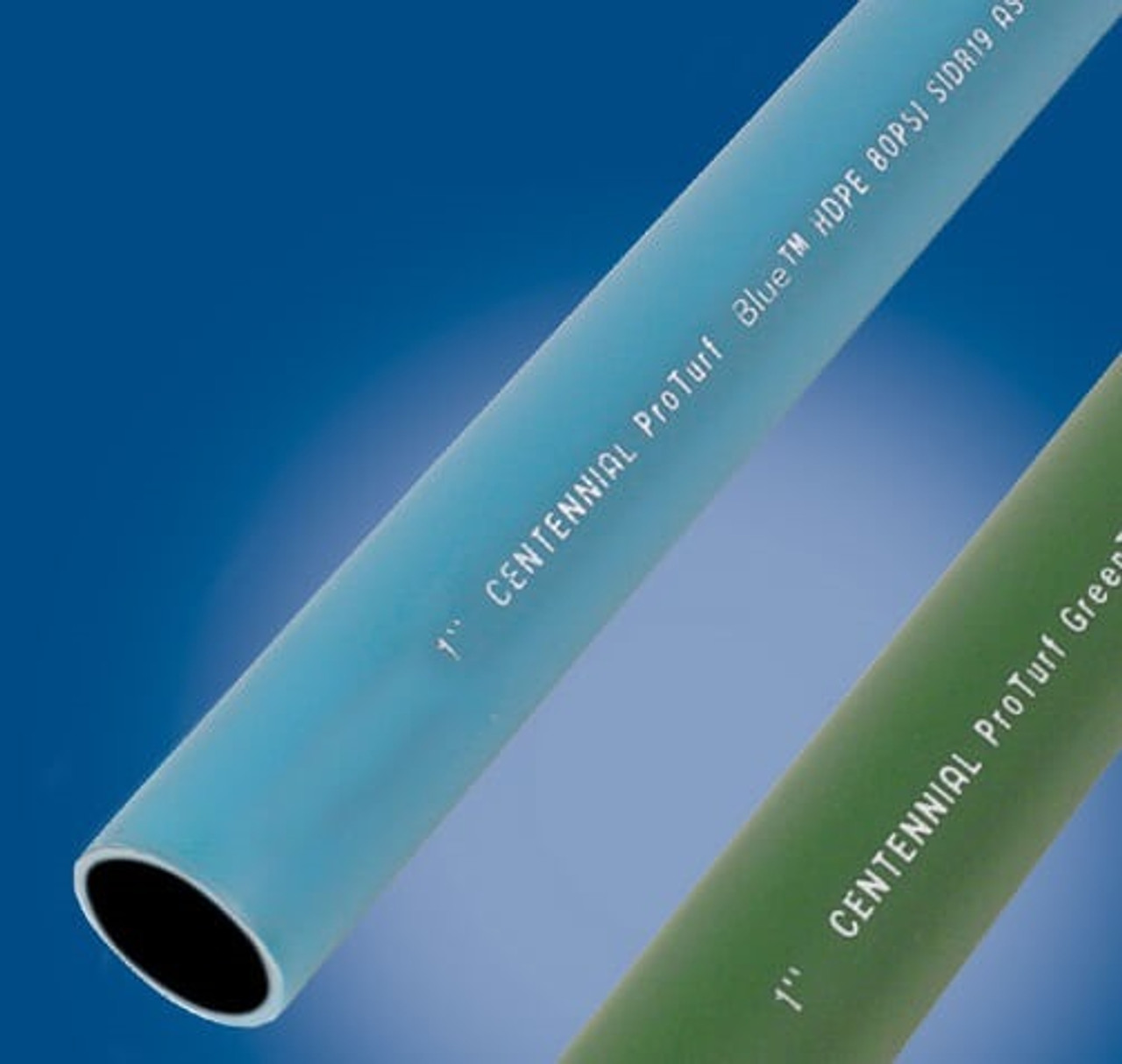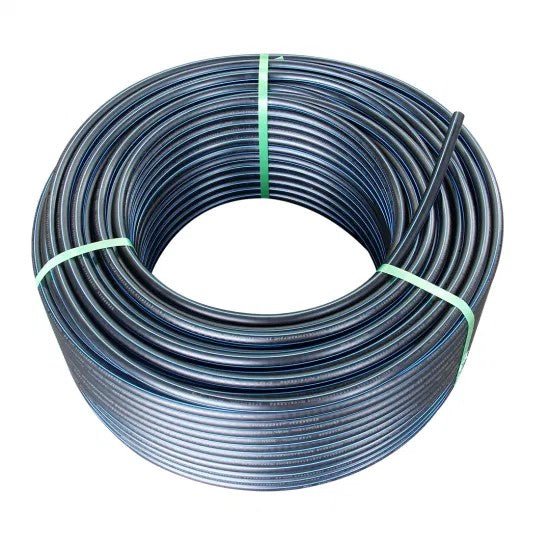The Vital Steps for Successful Setup of HDPE Pipe in Your Following Project
Successful installation of HDPE pipe calls for mindful planning and implementation. Trick steps include examining task requirements, preparing the website, and selecting correct signing up with methods. Each phase plays an important function in making sure the integrity and performance of the pipe. Comprehending these vital actions can substantially affect the general success of the task - hdpe pipe suppliers Midland TX. Nonetheless, the nuances of each step might hold the key to conquering usual obstacles faced throughout installation
Understanding the Perks of HDPE Pipeline
High-density polyethylene (HDPE) pipeline offers various benefits that make it a preferred option for different applications. Its high resistance to corrosion and chemicals warranties resilience in demanding settings, substantially extending the life-span of installations. Furthermore, HDPE's flexibility permits less complicated installation, specifically in tough surfaces, as it can flex without breaking. The light-weight nature of HDPE pipeline streamlines transport and handling, lowering labor prices during setup.
Moreover, HDPE pipeline is understood for its low friction coefficient, which improves fluid flow and minimizes energy intake. Its smooth building and construction decreases the threat of leakages, adding to better source monitoring and environmental management. On top of that, HDPE is recyclable, straightening with lasting methods and decreasing environmental influence. On the whole, the combination of toughness, versatility, and eco-friendliness makes HDPE pipeline an exceptional option for a variety of jobs, from water circulation to commercial applications.
Preparation Your HDPE Pipe Installment
When preparing an installation of HDPE pipe, mindful consideration of a number of crucial aspects is vital to secure a successful project. First, task supervisors have to assess the certain needs of the pipeline, consisting of the meant usage, circulation rates, and environmental conditions. Understanding these specifications will certainly assist the option of suitable pipeline measurements and product quality.
Next, timelines ought to be developed, considering purchase schedules and any prospective delays. Coordination with neighborhood authorities for authorizations and regulatory conformity is also crucial. Additionally, an in-depth spending plan needs to be prepared, incorporating all costs related to products, labor, and equipment.
Last but not least, it is important to engage a qualified group experienced in HDPE pipeline installment. Their expertise will aid reduce risks, guarantee adherence to market requirements, and eventually contribute to the job's success. Complete preparation prepares for a smooth setup process and lasting performance of the HDPE piping system.
Preparing the Site for Installation
Proper website preparation is crucial for the successful setup of HDPE pipeline. Before installment starts, the website needs to be thoroughly evaluated to assure it meets all required demands. This includes evaluating the ground for existing frameworks, energies, and prospective dangers that might restrain the setup procedure.

Appropriate altitude and placement need to be developed to keep a regular slope for water drainage objectives. Correct drainage around the setup website is also essential to stop water accumulation, which can cause problems down the line.
Techniques for Joining HDPE Pipes
Achieving a trustworthy connection between HDPE pipes is essential for ensuring the integrity and long life of the installment. Numerous strategies exist for signing up with these pipelines, each suited for different project needs. Blend welding is just one of one of the most typical techniques, utilizing warmth to bond the pipeline ends together, creating a smooth and long lasting connection. This technique can be more categorized into socket blend and butt fusion, depending upon the pipe arrangements.
Mechanical installations are one more option, utilizing clamps and threaded adapters to join sections of HDPE pipe. While generally faster to set up, they may require added maintenance over time. Electrofusion is a specific technique that entails utilizing electric present to heat and fuse the pipelines through particularly created fittings, making certain a strong bond. Picking the suitable signing up with technique is vital, as it directly affects the overall efficiency and dependability of the HDPE piping system in the desired application.
Evaluating and Examination of Installed Pipeline
The screening and inspection of set up HDPE pipelines are vital to guaranteeing their performance and long life. This process includes aesthetic examination techniques, stress screening methods, and leakage discovery treatments to identify prospective problems. By using these techniques, professionals can validate the integrity of the installation before it is taken into use.
Aesthetic Inspection Techniques
Employing efficient visual assessment strategies is essential for guaranteeing the stability of set up HDPE pipelines. Assessors need to systematically analyze all noticeable areas of the pipe to identify here any signs of damage, misalignment, or improper setup. Key indications to evaluate include joint integrity, surface irregularities, and connections. Inspectors may utilize tools such as amplifying glasses or electronic cameras to enhance exposure and detail. It is necessary to look for signs of environmental anxiety, such as buckling or excessive flexing, which might jeopardize performance. Consistent documentation of searchings for allows for tracking changes with time and aids overview required repair work. By adhering to well-known aesthetic examination procedures, job teams can especially minimize the danger of future failures and guarantee long-term integrity of the piping system.
Pressure Checking Methods
Visual examination works as a preliminary action, yet it is not adequate on its own to ensure the performance of mounted HDPE pipes. Stress screening methods are essential for ensuring the honesty of these systems. Normally, hydrostatic testing is utilized, where the pipes are full of water and subjected to stress levels over the designated operating pressure. This technique helps determine weaknesses or prospective leakages. Pneumatic screening can also be made use of, although it carries better risks as a result of the compressibility of air. No matter the method picked, adhering to market criteria and safety methods is essential. After carrying out stress tests, thorough paperwork is essential to validate the outcomes and verify that the installation satisfies all functional requirements before continuing to the following stage of the job.

Drip Discovery Procedures
How can one guarantee that installed HDPE pipes are free from leaks? Effective leak discovery procedures are crucial to safeguard the honesty of the system. At first, aesthetic inspections ought to be performed, trying to find indicators of water accumulation or dirt disintegration around pipeline joints. Following this, pressure testing can verify the system's toughness. A typical method is the hydrostatic test, where water is introduced under stress, keeping an eye on for decreases that indicate prospective leakages. In addition, progressed innovations, such as acoustic sensing units or infrared thermography, can find leaks that may not show up. Regular surveillance and maintenance more add to the durability of HDPE pipes, guaranteeing they remain leak-free throughout their operational life expectancy. Proper documents of these procedures is crucial for conformity and future reference.
Upkeep Tips for Long-Term Efficiency
To ensure the durability of HDPE pipes, developing a regular assessment routine is essential. This proactive technique enables the early detection of possible issues, reducing expensive fixings. Furthermore, executing proper cleaning methods will certainly assist preserve peak efficiency and prevent accumulation that can influence functionality.
Normal Examination Schedule
HDPE pipes are understood for their toughness and resistance to deterioration, developing a normal inspection routine is crucial for guaranteeing their lasting performance. Routine inspections aid recognize possible issues such as leakages, joint stability, and environmental influences that might influence the pipeline's functionality. It is recommended that examinations occur at the very least biannually, or more regularly in atmospheres with severe problems. hdpe pipe in stock Midland TX. During these analyses, aesthetic checks must be carried out to find indications of wear or damage. In addition, making use of technology such as ultrasonic testing can supply additional understandings into the pipeline's condition. By implementing an organized examination schedule, project supervisors can proactively attend to issues, therefore expanding the lifespan of HDPE pipelines and maintaining system efficiency
Proper Cleaning Techniques
Appropriate cleaning techniques play a crucial function in preserving the long-term efficiency of HDPE pipes. Regular cleaning protects against the buildup of debris, sediment, and biofilm, which can lead to blockages and minimized circulation performance. Operators must utilize methods such as high-pressure water jetting or foam cleaning to efficiently get rid of contaminants without harming the pipeline surface area. It is vital to stay clear of using rough chemicals that may deteriorate HDPE product. Additionally, arranged upkeep checks must consist of aesthetic evaluations for any kind of signs of wear or damage. Effectively trained employees need to accomplish these cleaning procedures, ensuring conformity with safety and security and environmental guidelines. By applying these techniques, the life expectancy of HDPE pipelines can be considerably expanded, ensuring excellent efficiency throughout their functional life.
Regularly Asked Questions
What Are the Environmental Impacts of HDPE Pipeline Manufacturing?
The ecological effects of HDPE pipe production consist of greenhouse gas exhausts, power consumption throughout production, possible plastic pollution, and challenges in recycling. HDPE's durability and resistance to deterioration can mitigate some environmental worries.
Exactly How Does HDPE Pipeline Contrast to Various Other Products?

What Equipment Are Necessary for HDPE Pipeline Setup?
Important devices for HDPE pipeline installation consist of a blend machine, pipeline cutters, shovels, measuring tape, and security gear. Appropriate devices warranties effective, secure handling and setup, contributing to the project's general success and integrity.
Are There Any Type Of Details Laws for HDPE Pipeline Installment?
Specific policies for HDPE pipeline installation differ by region, usually regulated by local, state, or government codes. Compliance with these guidelines warranties security, environmental management, and capability, making adherence important for successful job results.
Can HDPE Piping Be Recycled After Usage?
Yes, HDPE pipes can be reused after usage. Their thermoplastic nature enables reprocessing, making them suitable for reusing into new items. This sustainability element contributes to ecological conservation and promotes round economic climate practices in building.